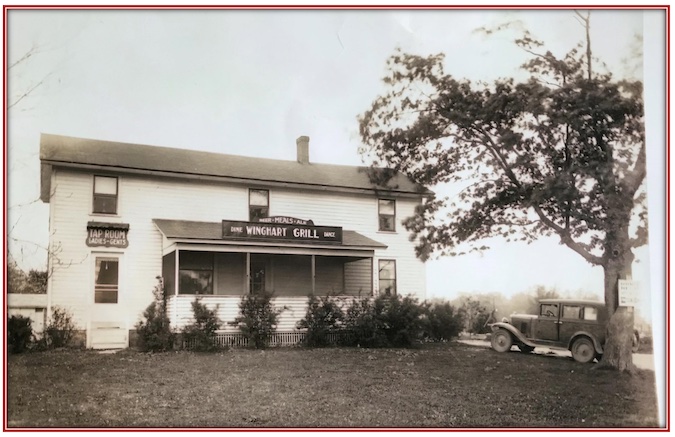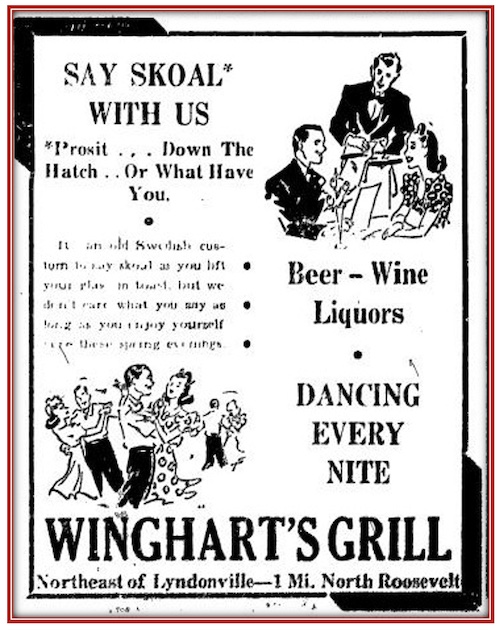Newspaper editor in 1920s shared many reminiscences, ‘Do you remember?’
‘When Albion organized an oil company in 1864 to speculate in Pennsylvania oil and lost all the cash it invested?’
By Catherine Cooper, Orleans County Historian
“Illuminating Orleans” – Vol. 4, No. 9

These words, when uttered by an elder, are almost always guaranteed to send the younger generation scurrying from the room. As we age, we tend to reminisce about “the way things used to be.”
In recent years, social media has facilitated memory sharing, we can find online peers to confirm our recollections, even if the young folk are disinterested.
In the early 1920s, Albion newspaper editor Lafayette H. Beach, used his newspaper, The Orleans Republican, as a platform for his reminiscences. Born in 1856, Beach, for whom Albion’s Lafayette Park is named, was then in his sixties, a decade when the onset of “rememberingitis” is prevalent.
The columns were titled:
“Doings of the Old Days Long Gone By – Do You Remember?” They consisted of memories framed as short questions. These entries capture the flavor and color of daily life some fifty years prior i.e. the 1870s to 1890s.
Here are some, with explanations where necessary:
“When Albion was an open town for gamblers and painted women and when John N. Proctor as Village President and John Cunneen as Village Attorney put skids under these undesirables and moved them out of town?”
“When the rule prevailed with workingmen of one day’s wage for one week’s rent?”
“When Albion belonged to the Town of Barre* and our folks travelled to Barre Center for political caucuses and election in the spring, rain or shine?”
(*The Town of Albion was formed in 1875 from 17,000 approx. acres in northern Barre.)
“When spray rigs were unknown, and worms and bugs had their orchard picnics without fear of poison spray?”
“When cows roamed the village streets and were sometimes coaxed into backyards and robbed of their milk by mischievous boys who had learned how to filch the lacteal fluid?”

A Dolly Varden outfit
“When venison and bear meat were sold in the local markets every winter?”
“When the butcher used to give away liver and other interior trimmings and never expected that one day they would be exchanged for coin?”
“When crinolines* were the proper thing and women’s full dress skirts were ten yards around the bottom and just escaped the ground?”
(*Crinolines were stiffened or hooped petticoats which made the skirt stand out, thus making the waist appear smaller. They were popular from the 1850’s to the late 1870’s.)
“When Dolly Varden* costumes were in great favor with the ladies?”
(*The Dolly Varden costume was popular in the early 1870s. Named for a Charles Dickens character from his novel Barnaby Rudge, the outfit featured a brightly patterned dress with a polonaise overskirt which was gathered up and draped over a separate underskirt. A flat straw hat trimmed with flowers and ribbons completed the ensemble.)
“When tobacco was a staple farm crop along the Ridge and when Revenue agents used to snoop around and try to catch farmers selling tobacco without a government tax?”
“When the Western New York Hedge Company* induced farmers to edge their farms with hedges which later took money, time and labor to pull out?”
(*The Buffalo Weekly Express, 29 July 1886, noted that a stock company called the Western New York Hedge company had been formed in Medina with a capital of $20,000. On 27 April 1893, the Democrat & Chronicle noted that the company had failed.
“When sugar beets appealed to the farmers and they raised them for the Lyons* sugar factory for $5 per ton, the state paying $1 per ton as a bonus to encourage production?”
(*The Empire State Sugar Company factory was built in the Wayne County town of Lyons in 1900.)
“When Albion organized an oil company in 1864 to speculate in Pennsylvania oil and lost all the cash it invested?”
“When boils* and felons* were a common affliction of mankind?”
(*Boils were painful bumps that formed on the skin, felons were infections that formed on the pads of the fingertips.)
“When the child with a sore throat or stiff neck wound a wool stocking around the neck as a sure cure?”
“When political bigotry was so rampant that no Republican would take a Democrat paper and no Democrat would take a Republican paper?”

























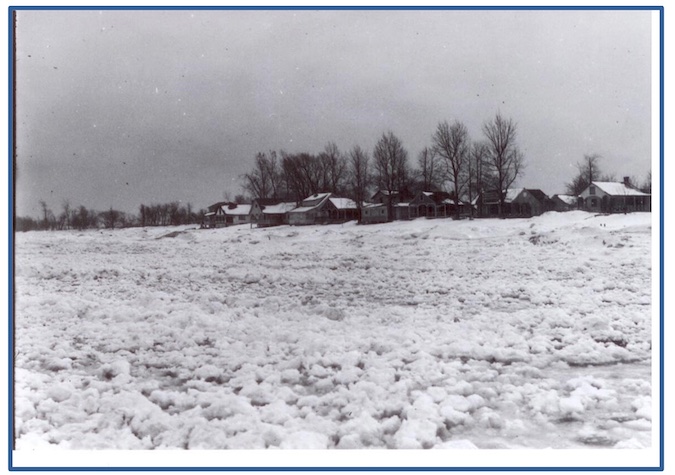
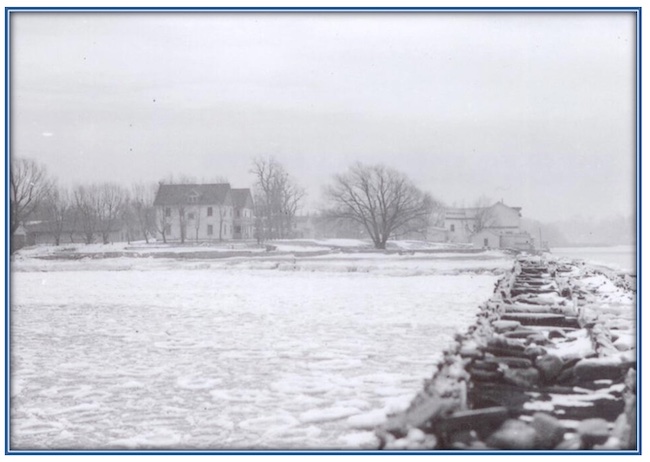
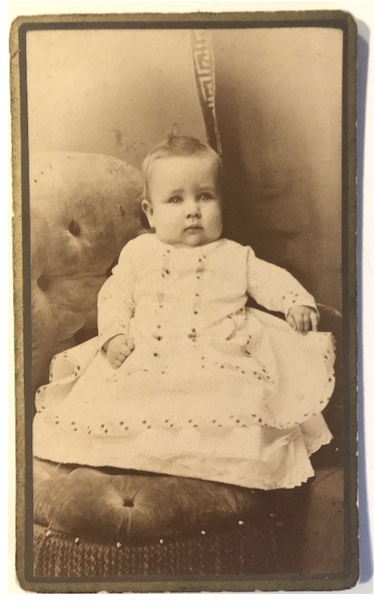
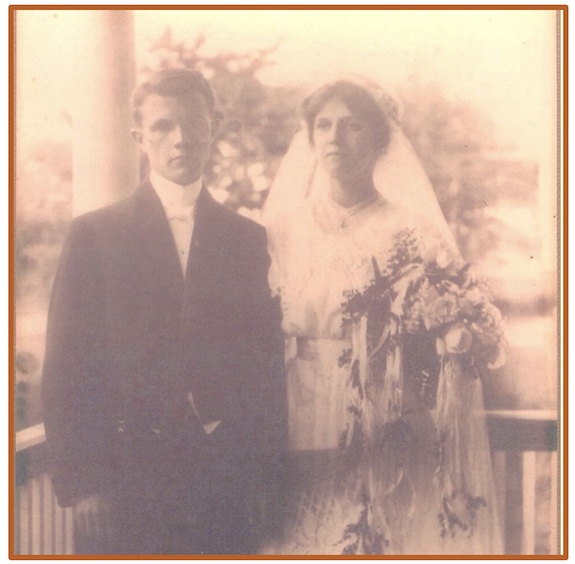
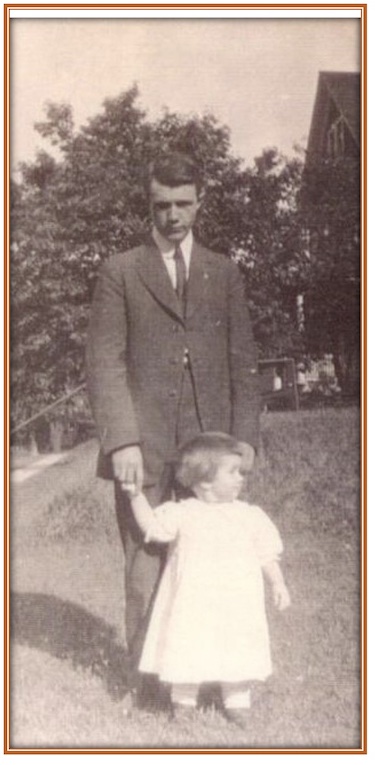
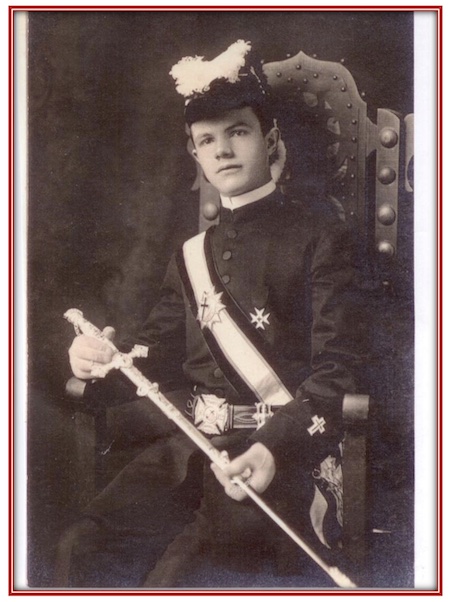
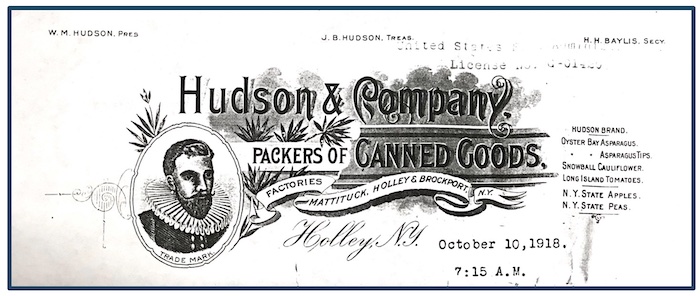
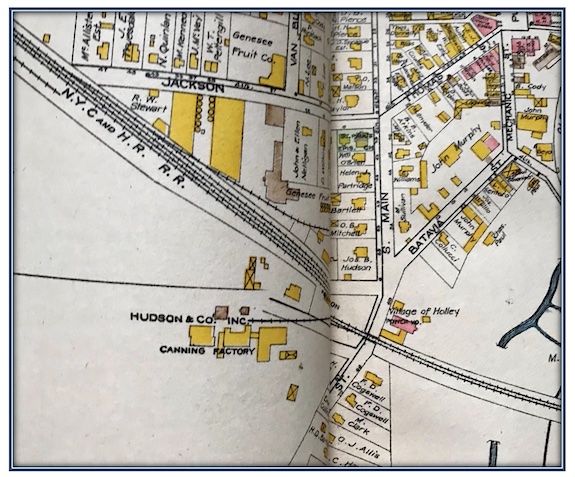
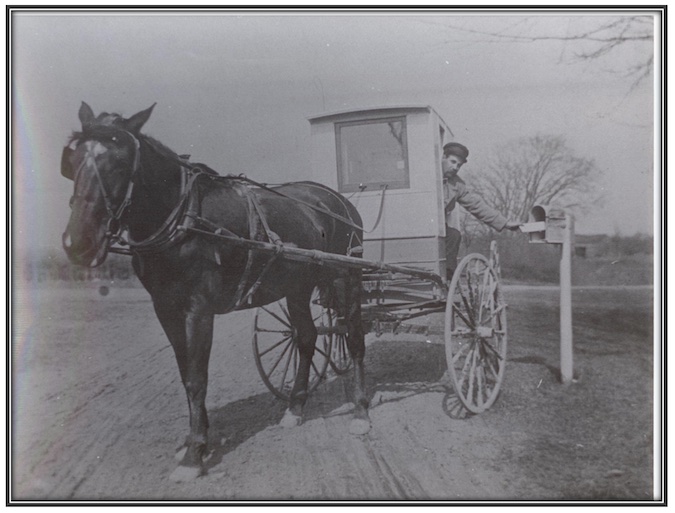
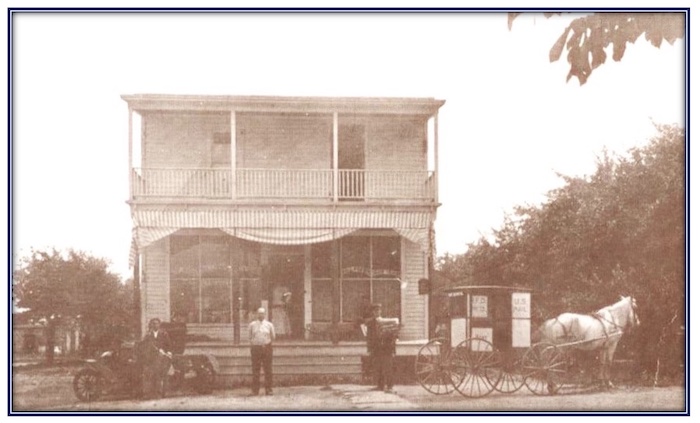
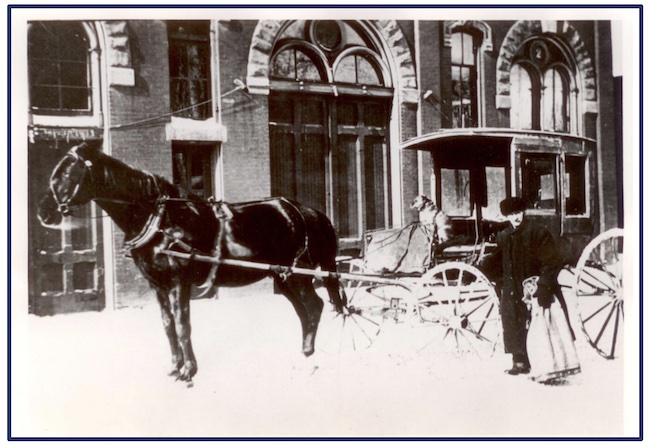
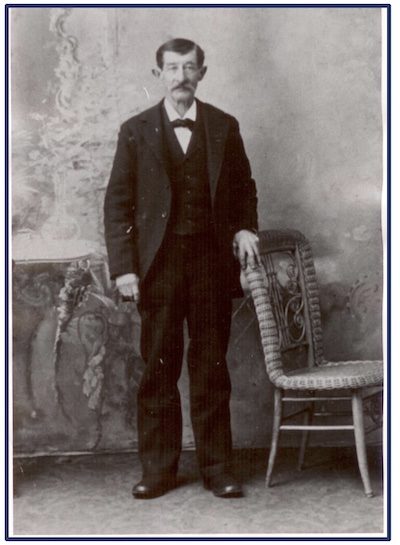
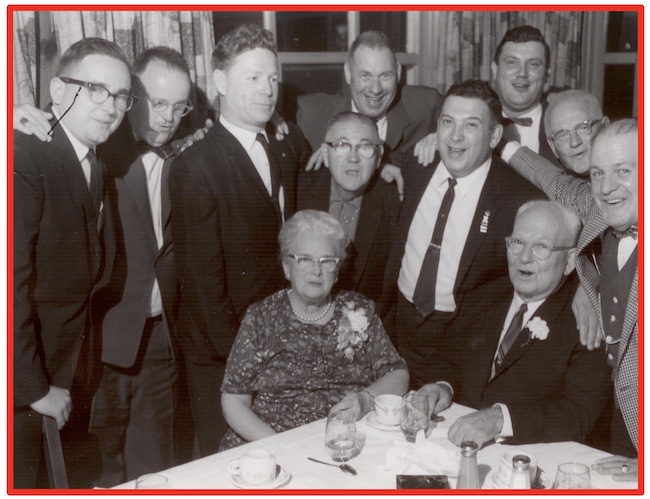
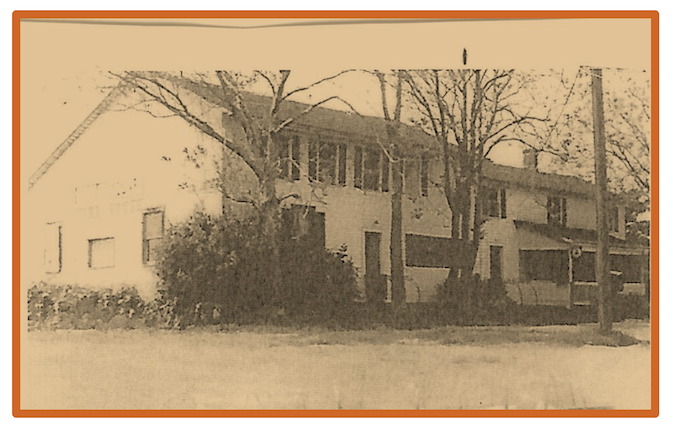
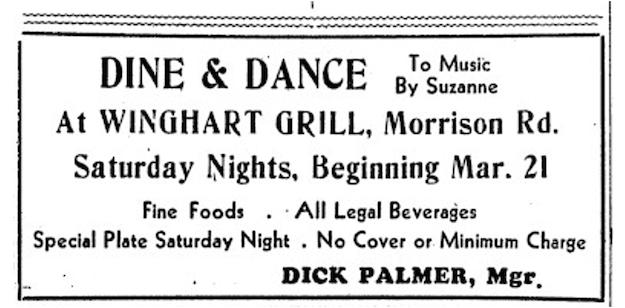
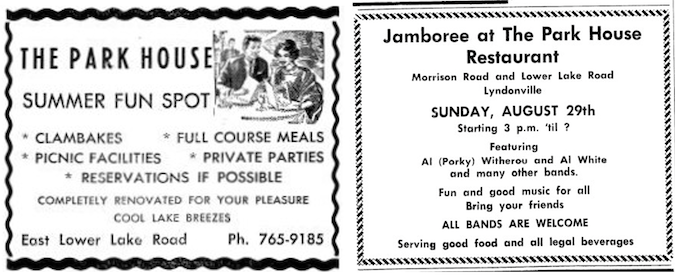


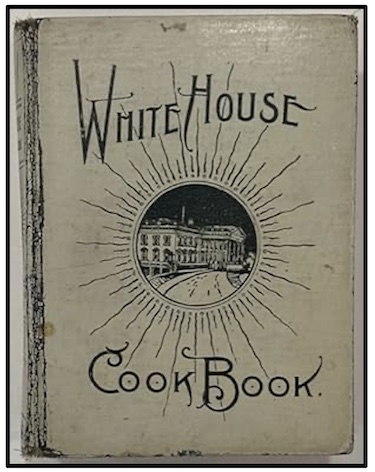 Here are instructions from The White House Cookbook (1900 edition) on how to cook a roast turkey: Select a young turkey; remove all the feathers carefully, singe it over a burning newspaper on the top of the stove, then “draw” [clear the innards] it nicely, being very careful not to break any of the internal organs; remove the crop [pouch at the base of the neck which may contain food] carefully; cut off the head, and tie the neck close to the body by drawing the skin over it.
Here are instructions from The White House Cookbook (1900 edition) on how to cook a roast turkey: Select a young turkey; remove all the feathers carefully, singe it over a burning newspaper on the top of the stove, then “draw” [clear the innards] it nicely, being very careful not to break any of the internal organs; remove the crop [pouch at the base of the neck which may contain food] carefully; cut off the head, and tie the neck close to the body by drawing the skin over it.

